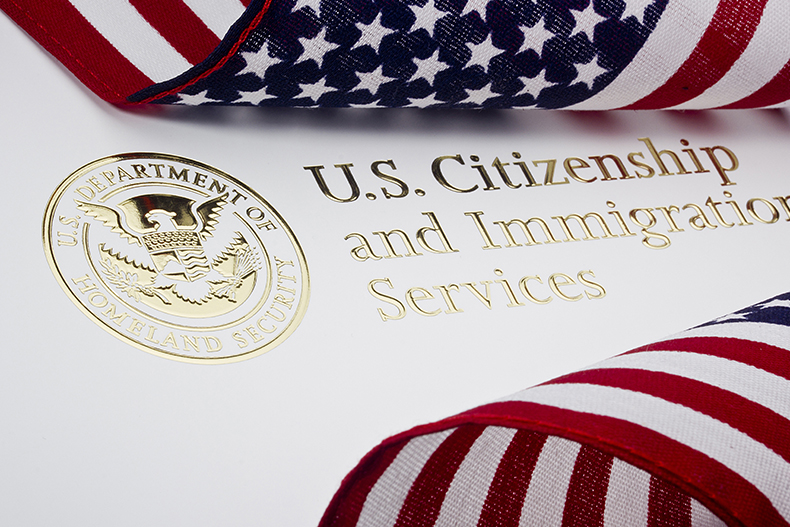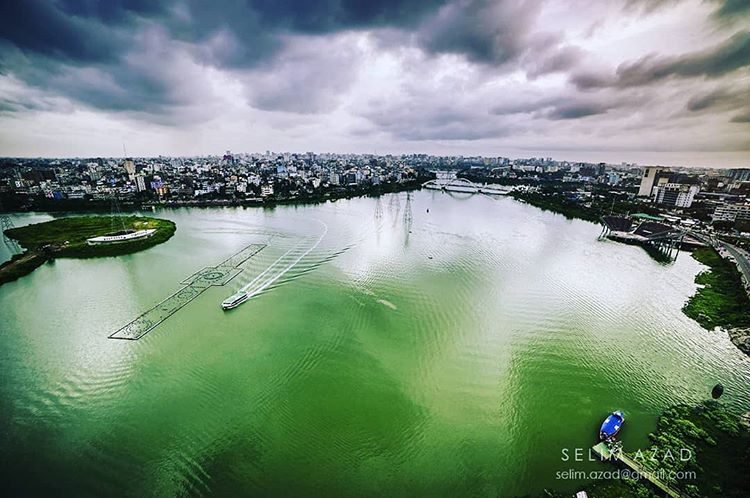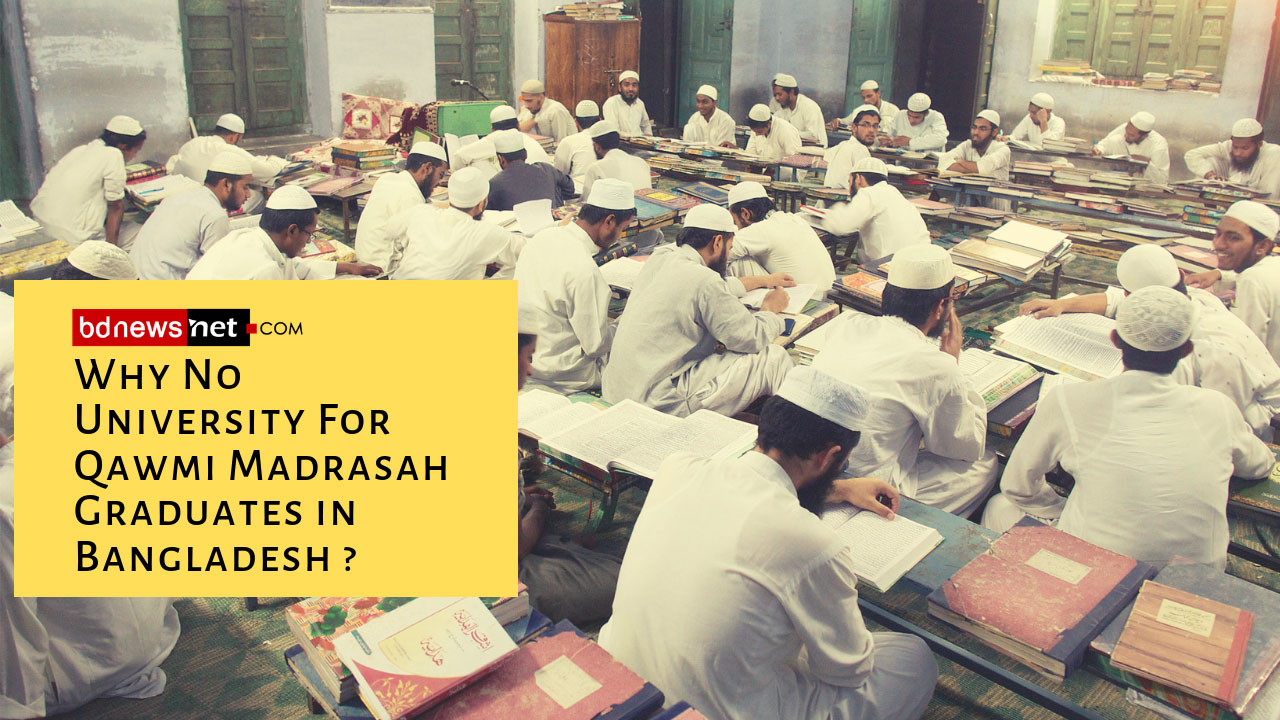Bangladesh Breaking News
Invest in Bangladesh

In recent years, the economy of Bangladesh has been taking a extensive turn . Bangladesh’s economy has grown at a consistent, blistering rate of more than 6 percent, making it one of the fastest growing economies in the world.
Bangladesh is a winning combination of competitive market, business-friendly environment and competitive cost structure.
Today, the Bangladeshi economy stands at about $180 billion. According to the World Bank, and IMF that will rise to $322 billion by 2021, creating many more scalable investment opportunities . Its economy remained strong and resilient despite external and internal challenges. Bangladesh is among the top 12 developing countries with a population of over 20 million, who achieved 6 plus percent growth in 2016.
- 57 percent of the population is under 25 years old
- High literacy rate (72 percent) among youths, aged 15-24
- Inspired young, hungry for work and growth
- 2 million youth entering the job market each year
- Strategic location, regional connectivity and worldwide access
- Bangladesh is strategically located next to India, China and ASEAN markets.
- As the South Asian Free Trade Area (SAFTA) comes into force, investors in Bangladesh enjoy duty-free access to India along with EU, Japan and other developed countries.
Overall inflation declined from 6.5% in March 2015 to 5.65% in March 2016. Food inflation declined from 6.4% to 3.9%, thanks to a good rice harvest, declining international food prices and a stable exchange rate. However non-food inflation rose from 6.1% to 8.4% as a result of suppressed domestic demand, increase in wages, electricity and gas prices. The balance of payment (BoP) remains comfortable with a large surplus in both current and financial accounts, due to recovery in export, increased Foreign Direct Investment and aid disbursements.
Safer than India to do Business :
A United Kingdom Based research firm Maplecroft Civil Unrest Index show that Bangladesh is much safer than India to do Business . Some recent political violence trigger the 6th position of Bangladesh in the index but its neighbour India have higher risk factor for business investment .
Charlotte Ingham, principal analyst at Maplecroft, said the index would help multinational corporations and non governmental organisations alike to put in place contingency measures when working in areas affected by civil unrest.
“Civil unrest is a significant concern for organisations, as it can impact the safety of employees and company property,” Ingham told the Thomson Reuters Foundation.
This time, it featured up to five years of data for 43 risk indices covering 198 countries, the company said on its website.
Several companies operating in and sourcing from these countries have faced severe disruption as a result of civil unrest, including strikes, while the economic impacts have also been significant, the report accompanying the index said.
As frontier market investors looking for countries in the early stages of growth. Bangladesh, with the 8th largest population in the world and a GDP per capita of about $3500, is at first glance a prime candidate for potential investors.
According to the central bank of Bangladesh, the country received USD 1.5 billion in foreign direct investment (FDI) FY 2013-14, up from USD 990 million in the previous year.
France which has been grappling with political protests and has seen major terror strikes in last two years stands at 16th position. No European country is in the top ten positions. Bangladesh at 6th where India 4th- is better placed than India. Even Nigeria, which is struggling with militant group Boko Haram’s menace, stands at 10th position, six places ahead of India.
Bangladesh offers generous opportunities for investment under its liberalised Industrial Policy and export-oriented, private sector-led growth strategy. The government’s role is that of a facilitator which helps create an enabling environment for expanding private investment, both domestic and foreign. The Board of Investment (BOI), established by the government for accelerating private investment, provides institutional support services to intending investors.
China and Bangladesh sign 32 billion dollar investment deal .
Foreign exchange reserves rose to $29 billion from $7.5 billion six years ago. The country used to produce only 11.1 million tonnes of food grains in 1972, but now produces 38.2 million tonnes, while arable lands declined 6 percent during the period.
Investment environment and opportunity in Bangladesh
Major laws affecting foreign investment include: the Foreign Private Investment (Promotion and Protection) Act of 1980, the Bangladesh Export Processing Zones Authority Act of 1980, the Companies Act of 1994, the Telecommunications Act of 2001, the Industrial Policy Act of 2005, including: 100 percent foreign ownership in most sectors, tax holidays and exemptions, reduced import duties on capital machinery and spare parts, and duty-free imports for 100 percent exporters of ready-made garments. A government tax-holiday program for start-up industries will run through June 30, 2015.Market access
• Bangladesh has a large domestic market of more than 160 million people
• Middle class (with purchasing power) is growing fast
• It has access to regional market of about 3.0 billion people through regional and bilateral integration in South Asia and South East Asia via BIMSTEC and BCIM-EC.
• Bangladesh has preferred market access (global reach) to large developed markets
• ASEAN /East Asian investors can utilize Bangladesh as an export springboard to the world
Attractive incentives schemes:
• Bangladesh offers most attractive investments incentives across sectors and locations.
Fiscal and tax incentives:
• Tax holiday: 5 to 7 yrs for selected sectors Upto 10 yrs for infrastructure Upto 12 years for EZs
• Accelerated depreciation in lieu of tax holiday
• Double tax avoidance under DTTs
• Tariff concessions on importing capital machinery and import of raw materials
• Bonded warehousing
Beneficiary industries include agro-processing, steel production, jute industries, some textile units, and telecom infrastructure (except for mobile phones). A tax rebate facility for non-resident Bangladeshi investors was also extended to induce investment from abroad. Import duties and supplemental taxes constitute an important source of government revenue. Customs bonded warehouses enable companies located in export processing zones (EPZs) to avoid duty payments on inputs for goods that will be exported. There are few performance requirements, and these do not generally impede investment.
Tawfiq-e-Elahi Chowdhury, the prime minister’s adviser on power, energy and mineral resources, said: “Bangladesh’s is an unfolding story. Join us. We will make money, you will make money and Bangladesh will make its future.”
During the period, $8 billion was invested in the power sector in public-private partnerships and another $13 billion are in the pipeline, he said.
The investment has resulted in access to electricity for nearly 80 percent of the population. Seven years ago, it was only 47 percent.
“But still there are unlimited opportunities of investment in the power sector, as we will need to generate some 46,000MW power by 2041.
Bangladesh’s economy has been growing at over 6 per cent in the last decade, but the World Bank says it needs at least 8pc growth to create enough jobs.
Bangladesh’s $28bn garment manufacturing industry is the world’s second largest after China’s, accounts for 80pc of the country’s annual shipments and employs some 40pc of its industrial workforce.
Human capital is one of the demographic advantage, as three million people join the workforce every year, he said, adding that Bangladesh can continue the supply of the workforce until 2045.
There are seven core areas where billion dollar investment opportunities are lying — physical infrastructure, power, backward linkage industry for garment and textile, automotive, pharmaceuticals, leather and shipbuilding an tecnology .
Foreign investors can replicate their investment in Bangladesh, all over it’s a better choice than India .















